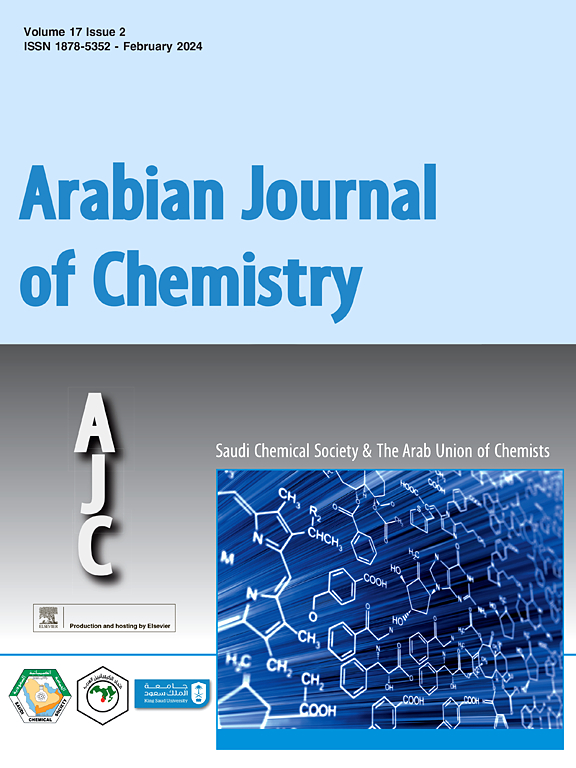Molecular pathways of generation and detoxification of reactive oxygen species and induction of apoptosis in yeasts
IF 5.2
2区 化学
Q2 CHEMISTRY, MULTIDISCIPLINARY
引用次数: 0
Abstract
Reactive oxygen species (ROS) can trigger cell death in Saccharomyces cerevisiae and other lower eukaryotic organisms. Protein structure and function may be altered by ROS produced by cellular metabolism or by exposure to environmental oxidants. This happens regardless of whether peroxidases, superoxide dismutases, or catalases are active. Depending on the redox state of cysteine residues, oxidative alteration of sulfhydryl groups in proteins may inhibit protein activity or begin alternative pathways that affect cell function. Redox control is made possible by conserved, interdependent thioredoxin and glutaredoxin systems, which may play a comparable function in metal homeostasis in eukaryotic organisms. In response to oxidative stress, gene expression in S. cerevisiae is regulated by several transcription factors, including Yap1, and Gpx3 peroxidase, and one function of Yap1 is to regulate gene expression. Notwithstanding this information, many issues about the link between ROS production and apoptosis remain unsolved. ROS may disrupt cells or activate certain molecular and cellular pathways during cell death, promoting apoptosis. This review aims to elucidate ROS’s essence, their harm to cells, how S. cerevisiae reacts to ROS, and how ROS might affect cell integrity and cause cell death.
酵母中活性氧的生成和解毒以及诱导凋亡的分子途径
活性氧(ROS)可引发酿酒酵母和其他低等真核生物的细胞死亡。细胞新陈代谢或暴露于环境氧化剂中产生的 ROS 可能会改变蛋白质的结构和功能。无论过氧化物酶、超氧化物歧化酶或过氧化氢酶是否活跃,这种情况都会发生。根据半胱氨酸残基的氧化还原状态,蛋白质中巯基的氧化改变可能会抑制蛋白质的活性,或开始影响细胞功能的替代途径。氧化还原控制是由保守的、相互依存的硫氧还原酶和谷胱甘肽系统实现的,它们在真核生物的金属平衡中可能发挥着类似的功能。在应对氧化应激时,S.cerevisiae 中的基因表达受到几个转录因子的调控,其中包括 Yap1 和 Gpx3 过氧化物酶,Yap1 的一个功能是调控基因表达。尽管有这些信息,但有关 ROS 产生与细胞凋亡之间联系的许多问题仍未解决。在细胞死亡过程中,ROS 可能会破坏细胞或激活某些分子和细胞通路,从而促进细胞凋亡。本综述旨在阐明 ROS 的本质、其对细胞的危害、酿酒葡萄孢如何对 ROS 做出反应,以及 ROS 如何影响细胞完整性并导致细胞死亡。
本文章由计算机程序翻译,如有差异,请以英文原文为准。
求助全文
约1分钟内获得全文
求助全文
来源期刊

Arabian Journal of Chemistry
CHEMISTRY, MULTIDISCIPLINARY-
CiteScore
10.80
自引率
3.30%
发文量
763
审稿时长
63 days
期刊介绍:
The Arabian Journal of Chemistry is an English language, peer-reviewed scholarly publication in the area of chemistry. The Arabian Journal of Chemistry publishes original papers, reviews and short reports on, but not limited to: inorganic, physical, organic, analytical and biochemistry.
The Arabian Journal of Chemistry is issued by the Arab Union of Chemists and is published by King Saud University together with the Saudi Chemical Society in collaboration with Elsevier and is edited by an international group of eminent researchers.
 求助内容:
求助内容: 应助结果提醒方式:
应助结果提醒方式:


